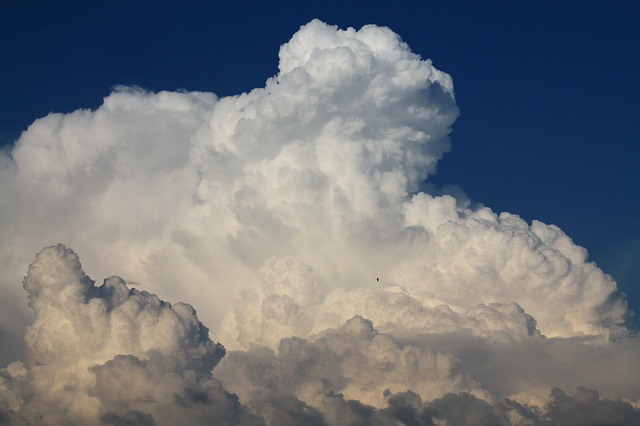How to Make a Water Cycle Model For Students
The water cycle is vital to keep the Earth alive. It takes water from oceans, rivers, and lakes and showers us with it. This feeds plants and animals, allowing ecosystems to survive. Understanding the water cycle from rain alone is not enough, though. You can see it rain, but you cannot see how it works. By putting together your own water cycle model, you will have that chance. You can begin to see what happens when the sun causes water to evaporate. You will see water turn into gas, and then back into water, as it moves its way through our setup.

Get Started
You can use a diagram of paper and paint to illustrate the way the water cycle works. It is an informative method of teaching and explaining. It does not, however, show you personally how it works. If you want to see for yourself how the water cycle works, you want to create a working model. A working model will evaporate water, turn it in a gas similar to clouds, and then cause the water to drop back down into the container. To make this model, you will need the following:
- Large bowl, like a mixing bowl
- Cup, short enough to fit in the bowl
- Plastic wrap
- Rubber band
- Water
That is it! Once you have these items, you can begin to make your working model.
Put It Together
Start by putting the cup into the bowl. You want to make sure that it sits flat in the bowl and that there is enough space between the top of the cup and the top of the bowl. Add water to the bowl, filling it up to about half the height of the cup. Do not overfill it and do not get any water inside of the cup. You want the cup to be completely empty. Cover the bowl with the plastic wrap and use a rubber band to secure the plastic onto the bowl. It should be a tight fit. Put the bowl outside in the sun, avoiding spilling.
Let the bowl sit there. Watch as the water inside of the bowl begins to evaporate, turning into gas. It is similar to how clouds work. As it does this, it will begin to turn back into a liquid form, sticking to the top of the plastic. You will notice droplets of water “raining” into the bowl. Let this go on for a while. When you have had enough, open the plastic. There should be water in the once-dry cup. You just moved water using the water cycle. Science fair project for 3rd, 4th, 5th, 6th grade students.




